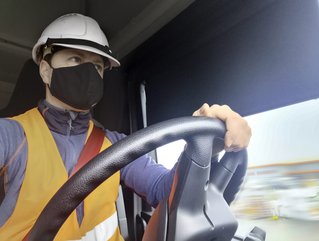The future of HGV drivers & the impact on supply chain

The Heavy Goods Vehicle driver shortage has been a serious issue for a few years now, but it reached a critical point in the summer of 2021. As a result, drivers and haulage subcontractors have been more in demand than ever.
An ageing workforce and COVID-19 have led to this. Now here’s what might evolve over the coming months in 2022 and beyond.
HGV driver career is in-demand and long-lasting
In the UK, the average age of a driver is 55 and many are close to retirement. Retiring drivers need to be replaced, so looking towards younger generations is a good way to plug the long-term gap. It appears that young people are interested, with reports of an increase in driving apprentices. Young people have long-term ambitions in the HGV sector too, with an attraction to:
- Promising wages
- An in-demand and long-lasting career
- Not a customer facing or working-from-home role
- Opportunity to travel
Apprenticeships will give haulage businesses the opportunity to train young people in the way the business works, as well as providing practical driving training.
The November 2021 HGV Driver Shortage Crisis bulletin reported that, while around 9,000 drivers under the age of 45 left the workforce in Q3, 10,000 under-45s joined.
HGV recruitment number encouraging
As recently reported in Supply Chain magazine, haulage recruitment numbers from US and UK are growing, but young people who are interested in the role are also put off by:
- Long hours
- Poor conditions
- Being away from home
There are suggestions from both sides of the Atlantic and from across Europe, that these concerns will be addressed, as an enticement for new recruits.
However, young drivers may be replaced in just a few years, as the rise of self-driving cars develops. Several supply chain companies across the world are developing ‘autonomous trucking’ which will see HGV driven without a driver.
At present, California-based self-driving truck firm TuSimple is conducting depot-to-depot delivery runs tests in Arizona. These are 100% automated, but managed by a human.






